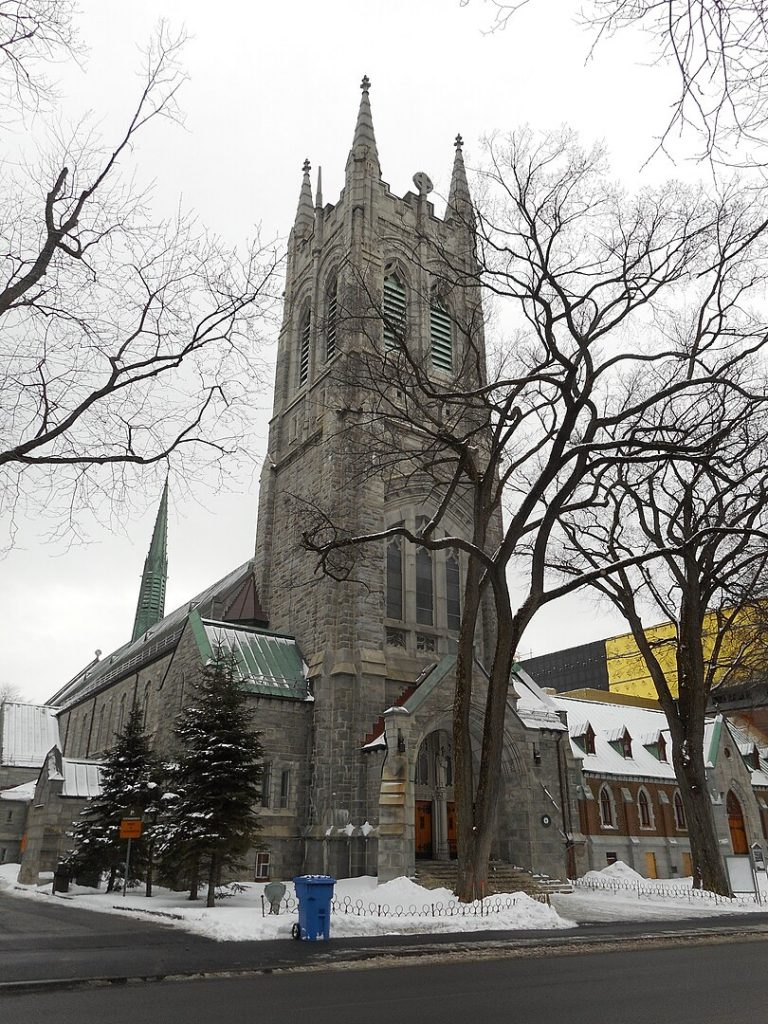 [Read more…]
[Read more…]Discover Viscount Alexander Park: A Hidden Gem in Ottawa
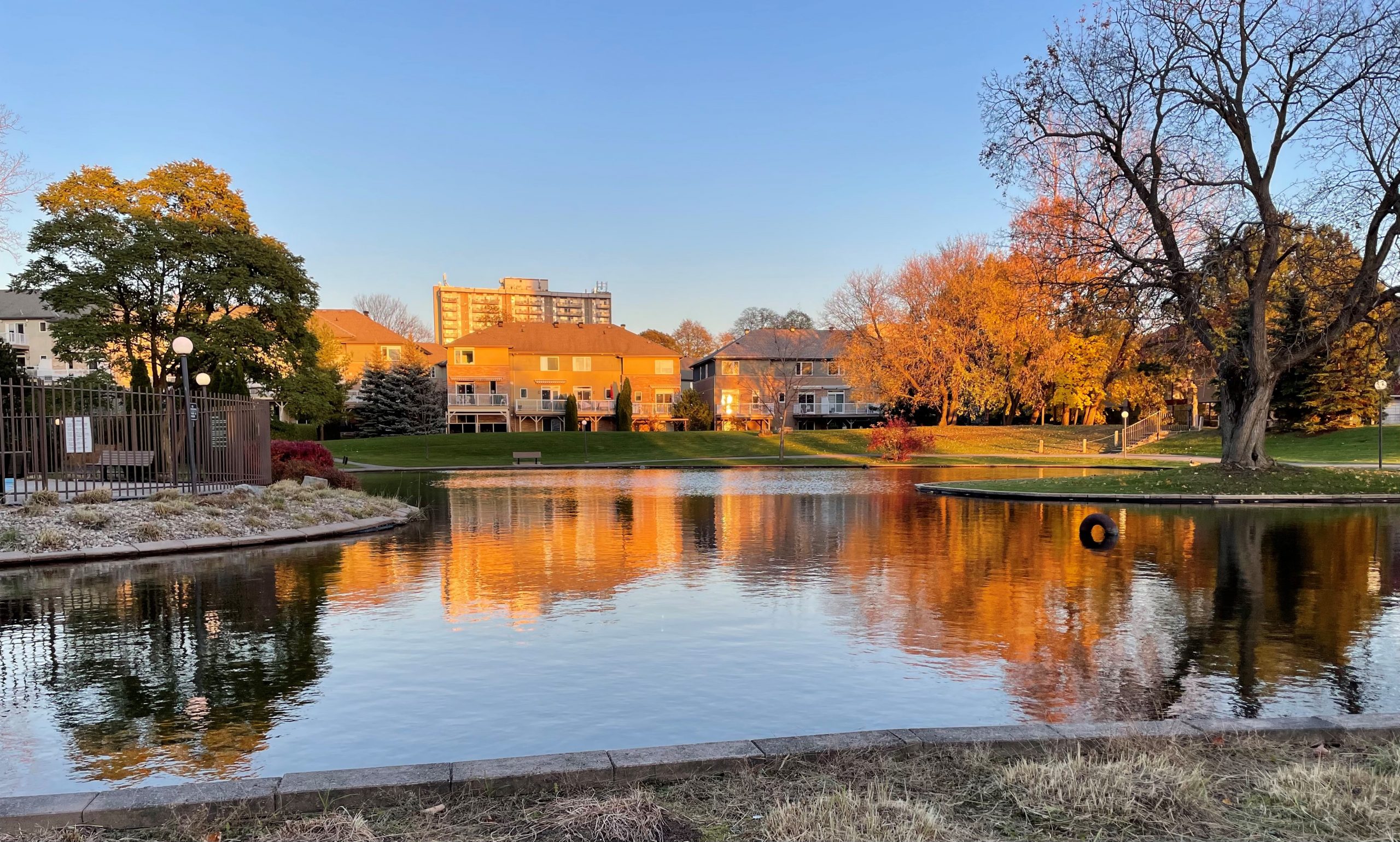
Nestled in Ottawa’s east end, Viscount Alexander Park is a neighborhood that combines affordability, convenience, and a welcoming community vibe. Whether you’re searching for a home or an investment property, this area has plenty to offer. From stylish condos to green spaces and unbeatable access to amenities, Viscount Alexander Park truly stands out.
What Makes Viscount Alexander Park Special?
This well-established neighborhood caters to a diverse group of residents, offering something for everyone. Here’s why it’s worth considering:- Convenient Location: The neighborhood is ideally situated near schools, parks, and public transit, with the St. Laurent Shopping Centre just minutes away for all your retail and dining needs.
- Excellent Connectivity: Easy access to major roads and highways ensures seamless commutes to downtown Ottawa and beyond.
- Outdoor Recreation: With beautiful parks like Richelieu and Thornecliffe nearby, it’s a great area for outdoor enthusiasts and families alike.
- Welcoming Community: Known for its friendly atmosphere, Viscount Alexander Park feels like home from the moment you arrive.
Condos for Sale in Viscount Alexander Park
For homebuyers, this neighborhood offers a variety of condos to suit different needs and budgets. Whether you’re a first-time buyer, downsizing, or investing, you’ll find options with:- Spacious layouts (1-3 bedrooms)
- Modern kitchens and bathrooms
- Scenic balconies in select units
- Amenities such as swimming pools, fitness centers, and party rooms
- 260-270 Brittany Drive
- 555 Brittany Drive
- 505 St Laurent Boulevard
- 515 St Laurent Boulevard
- 525 St Laurent Boulevard
- 545 St Laurent Boulevard
Condos for Rent in Viscount Alexander Park
If renting is more your style, Viscount Alexander Park also offers plenty of affordable and comfortable condo options. Renters will appreciate:- Open-concept designs
- Modern appliances and in-suite laundry
- Proximity to transit, parks, and amenities
Why Invest in Viscount Alexander Park?
The neighborhood’s real estate market remains stable and offers excellent opportunities for both buyers and investors. With strong rental demand and Ottawa’s overall market growth, condos in Viscount Alexander Park are poised for steady appreciation, making it a sound choice for building equity or generating income.Partner with an Experienced Realtor
Navigating the condo market can feel overwhelming, but you don’t have to do it alone. As a specialized Ottawa condo realtor, I can help you:- Find the perfect property tailored to your goals
- Negotiate the best possible deal
- Understand condo ownership rules and regulations
- Explore investment and rental opportunities
Let’s Get Started!
Whether you’re looking to rent, buy, or invest, Viscount Alexander Park offers an unbeatable mix of lifestyle and value. Reach out today, and let’s find the condo that fits your needs in this vibrant neighborhood.Open House
West Centre Town
204 / 404 / 1101
40 Arthur Street
Saturday, January 11
2PM to 4PM
Unit 204 – $409,900
Join us for an open house at 40 Arthur Street, where we are showcasing three distinct condo units, all offering over 1000 square feet of living space with large principal rooms. Each unit boasts a spacious living room/dining room area, adjacent to an open solarium, perfect for relaxing or entertaining.
Highlights:
- Updated Kitchens: These units feature ample cupboard and countertop space, with modern updates such as stainless steel appliances and granite countertops in some units.
- Bedroom Flexibility: The two generous bedrooms in each unit offer great versatility. The smaller bedroom is often used as the principal, while the larger one can serve as an office, den, or family room.
- Convenient Layout: A corridor provides privacy to the bedroom area, and each unit includes a powder room for convenience.
- Ample Storage: Plenty of closet space throughout each unit ensures you have room for all your belongings.
- In-Suite Laundry: Each unit comes equipped with in-suite laundry for your day-to-day comfort.
- Building Amenities: Enjoy the building’s fantastic amenities, including a sauna, library, gym, workshop, and a beautifully maintained garden.
- Prime Location: Situated on a quiet side street in West Centre Town, Chinatown, at the top of Nanny Goat Hill. You’ll have easy access to Little Italy, Lebreton Flats, and downtown.
Unit 304 – $469,900
Unit 404 – $449,900
Unit 1101 – $524,900
Architecture – Canadian Architecture – Gothic Revival – Québec City
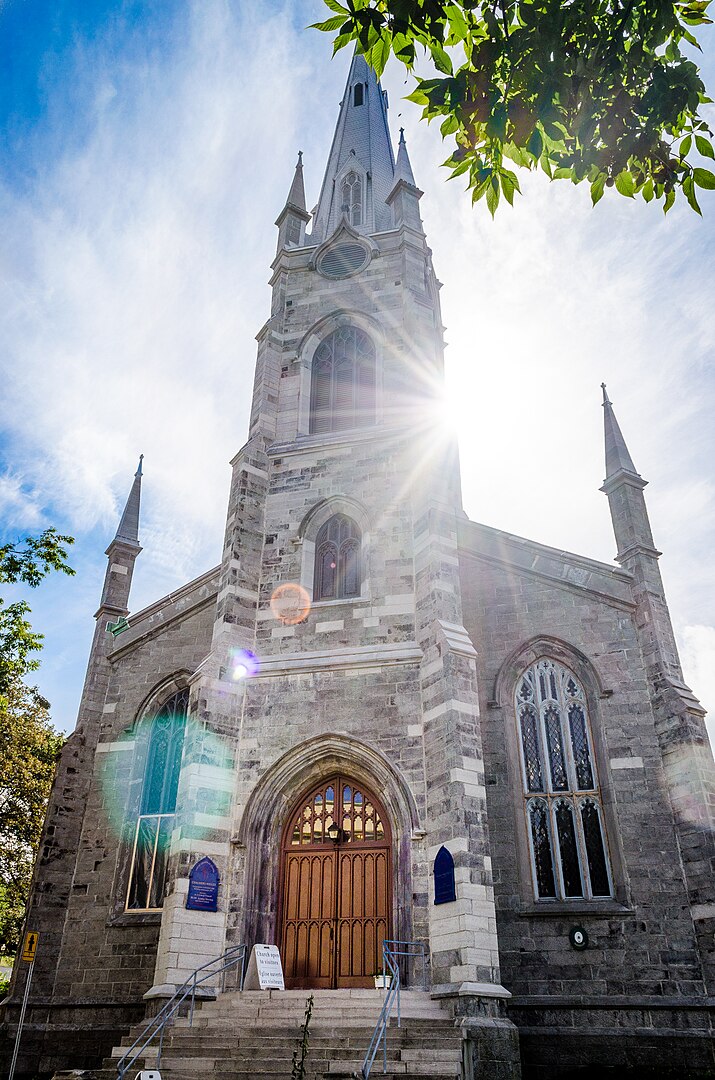
Chalmers-Wesley United Church
1853
Gothic Revival architecture in Quebec City reflects a 19th-century fascination with medieval European styles, adapted to the city’s unique historical and cultural context. This architectural style, which emerged in England during the late 18th century, became popular in Quebec City during the mid-to-late 19th century, particularly for religious, civic, and institutional buildings.
Key Characteristics
- Pointed Arches: Doors, windows, and vaulting often feature the iconic pointed Gothic arch.
- Ornamental Tracery: Intricate designs in windows and stonework, particularly in church facades and steeples.
- Vertical Emphasis: Tall spires, towers, and steeply pitched roofs draw the eye upward, evoking spirituality and grandeur.
- Buttresses: Structural and decorative elements that support tall walls, giving a sense of strength and stability.
- Stained Glass: Large, colorful windows depicting biblical scenes or symbolic motifs, adding a luminous, spiritual atmosphere.
- Stone Construction: Buildings were often made of local stone, giving them a solid, enduring appearance that harmonizes with the city’s historic landscape.
Prominent Examples in Quebec City
- Basilica-Cathedral Notre-Dame de Québec – Originally built in the 17th century, the cathedral underwent Gothic Revival influences during later restorations, particularly in its interior design and ornamentation.
- Saint-Patrick’s Church – Built for Quebec City’s Irish Catholic community, this church embodies Gothic Revival with its pointed arches, stained glass, and an impressive spire.
- Church of Saint-Michel de Sillery – Features classic Gothic Revival elements, emphasizing a connection to medieval traditions while integrating with Quebec’s colonial heritage.
- Educational and Civic Buildings – Many schools, convents, and government buildings constructed in the late 19th century adopted Gothic Revival features, blending functionality with aesthetic grandeur.
Cultural and Historical Context
- Religious Influence: The Gothic Revival style aligned with the Catholic Church’s emphasis on tradition and spirituality, making it a popular choice for ecclesiastical architecture.
- British Colonial Ties: The style was imported from Britain, reflecting the influence of the British Empire on Canadian architecture during this period.
- Integration with Quebec City’s Heritage: Gothic Revival buildings were often situated alongside older French colonial and neoclassical structures, creating a distinctive blend of architectural styles unique to the city.
Preservation and Legacy
Today, Quebec City’s Gothic Revival buildings are cherished as part of its architectural and cultural heritage. They contribute to the city’s Old World charm and are often included in guided tours and heritage conservation programs. Their enduring presence serves as a reminder of the 19th-century enthusiasm for medieval aesthetics and the architectural adaptability of Quebec’s builders.Saint-Michel-de-Sillery Church
1854
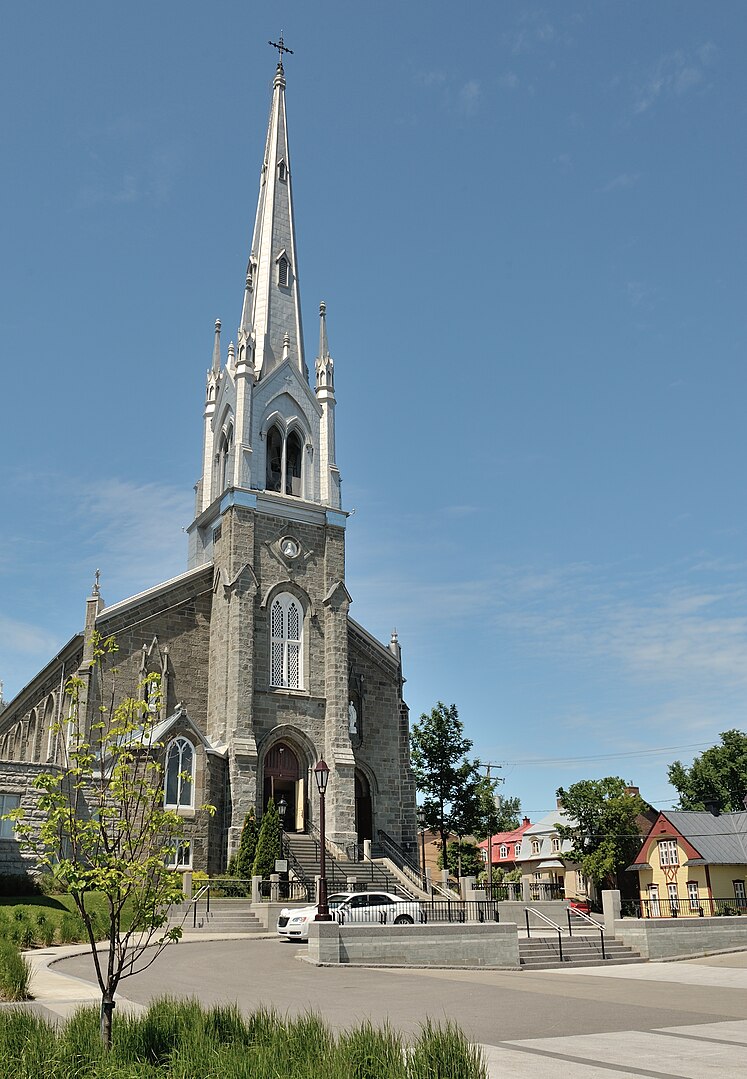
Bibiliothèque Claire-Martin
1870
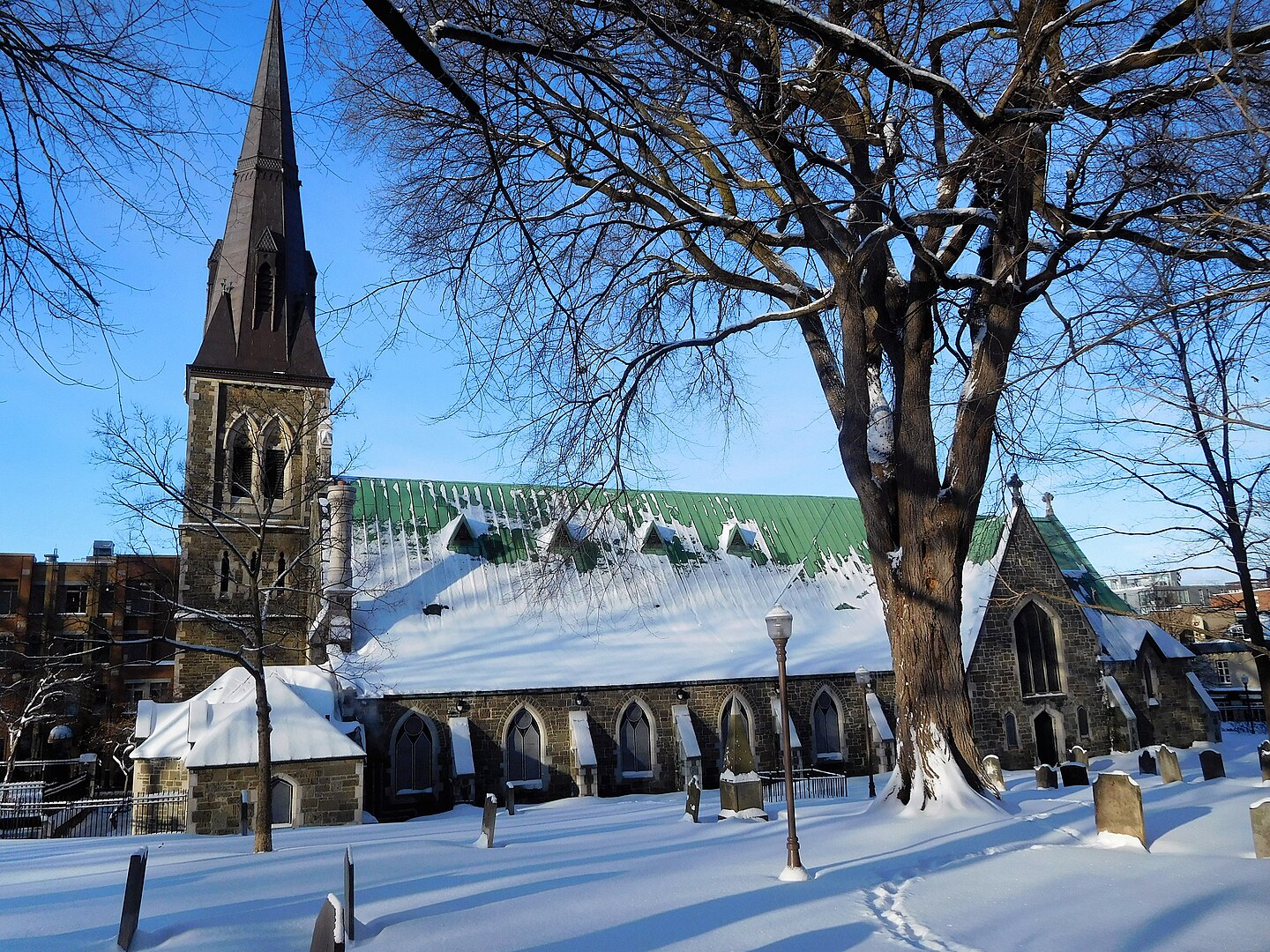
Maison Mère-Mallet Chapel
1887
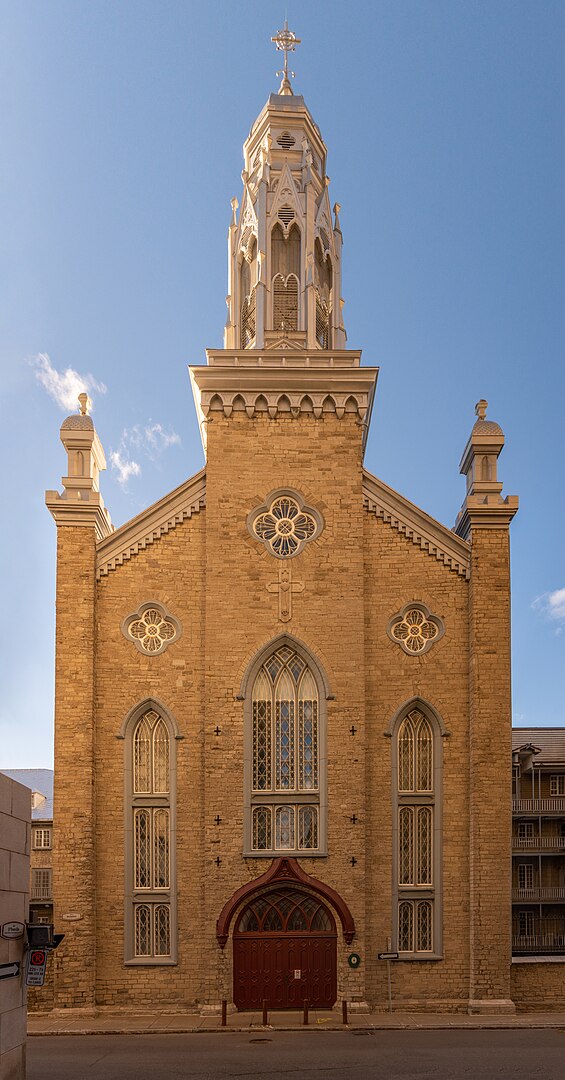
Sainte-Hélène-de-Breakeyville Church
1909
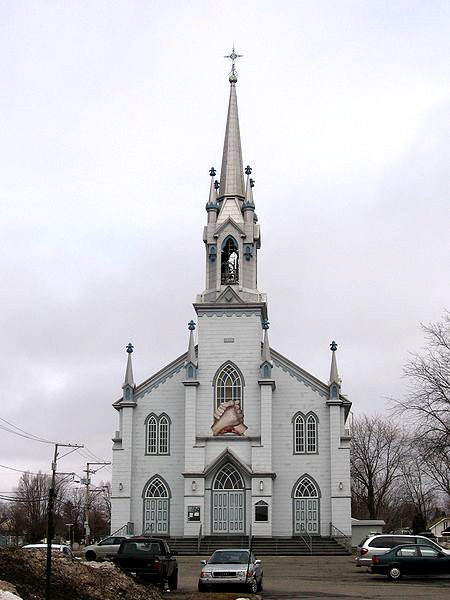
Notre-Dame du Sacré-Coeur Sanctuary
1910
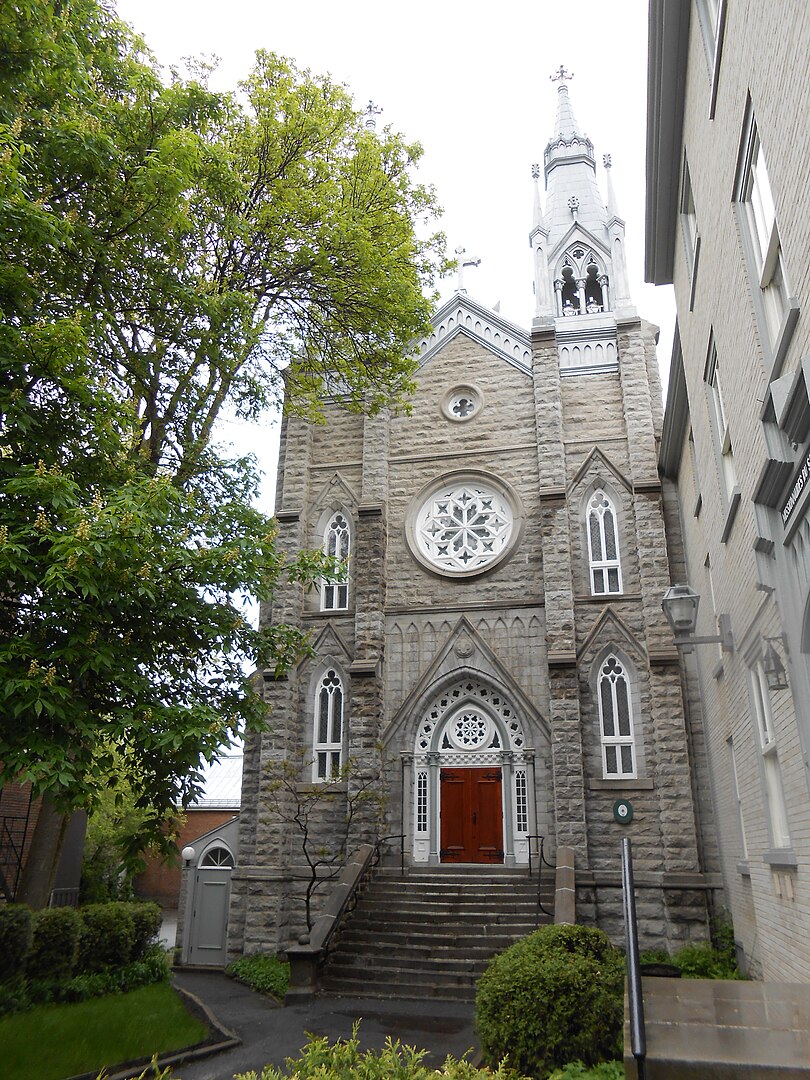
La Nativité-de-Notre-Dame de Beauport Church
1916
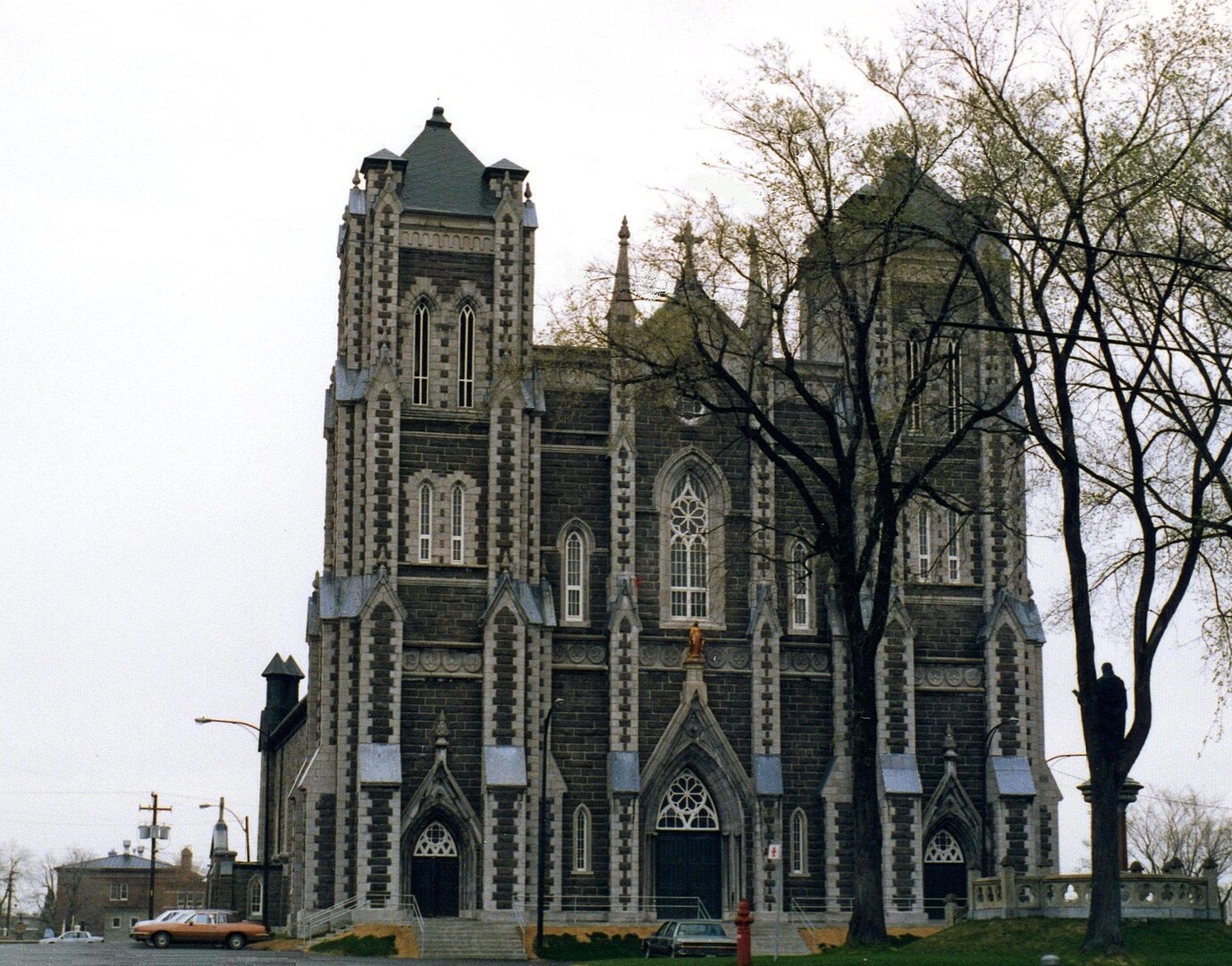
Sant-Dominique Church
1930
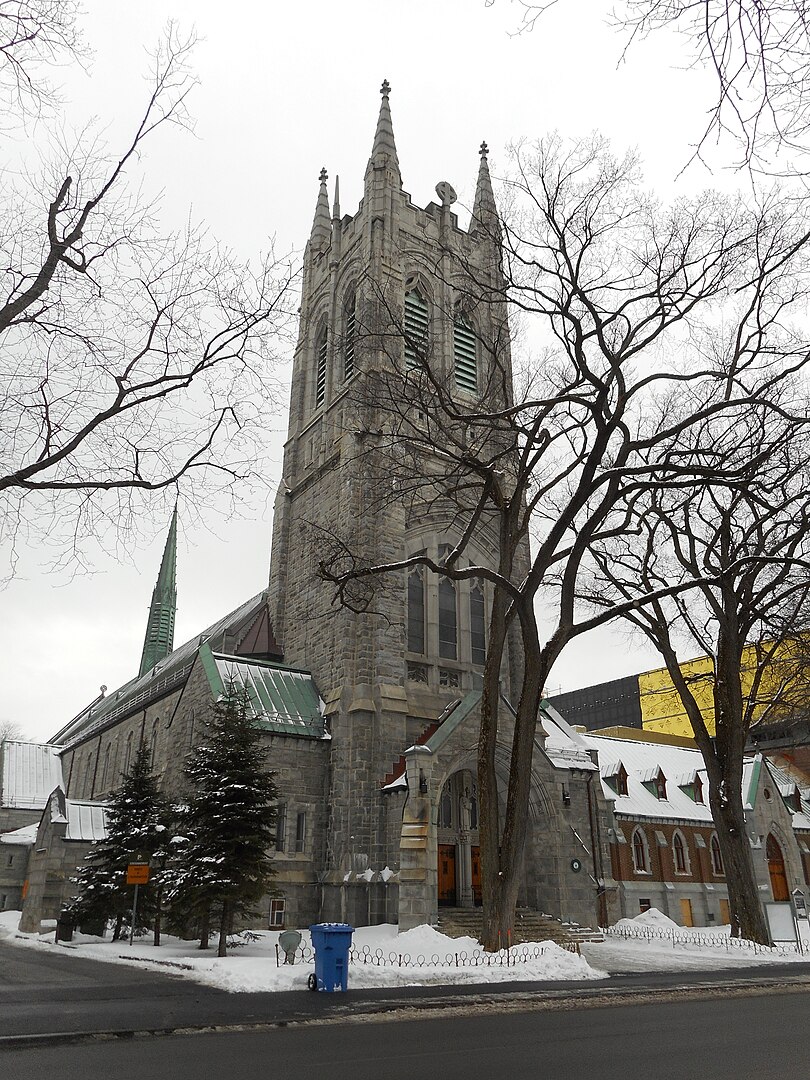
Open House
West Centre Town
204 / 404 / 1101
40 Arthur Street
Saturday, January 11
2PM to 4PM
Unit 204 – $409,900
Join us for an open house at 40 Arthur Street, where we are showcasing three distinct condo units, all offering over 1000 square feet of living space with large principal rooms. Each unit boasts a spacious living room/dining room area, adjacent to an open solarium, perfect for relaxing or entertaining.
Highlights:
- Updated Kitchens: These units feature ample cupboard and countertop space, with modern updates such as stainless steel appliances and granite countertops in some units.
- Bedroom Flexibility: The two generous bedrooms in each unit offer great versatility. The smaller bedroom is often used as the principal, while the larger one can serve as an office, den, or family room.
- Convenient Layout: A corridor provides privacy to the bedroom area, and each unit includes a powder room for convenience.
- Ample Storage: Plenty of closet space throughout each unit ensures you have room for all your belongings.
- In-Suite Laundry: Each unit comes equipped with in-suite laundry for your day-to-day comfort.
- Building Amenities: Enjoy the building’s fantastic amenities, including a sauna, library, gym, workshop, and a beautifully maintained garden.
- Prime Location: Situated on a quiet side street in West Centre Town, Chinatown, at the top of Nanny Goat Hill. You’ll have easy access to Little Italy, Lebreton Flats, and downtown.
Unit 304 – $469,900
Unit 404 – $449,900
Unit 1101 – $524,900
Discovering the Condos of West Centre Town, Ottawa
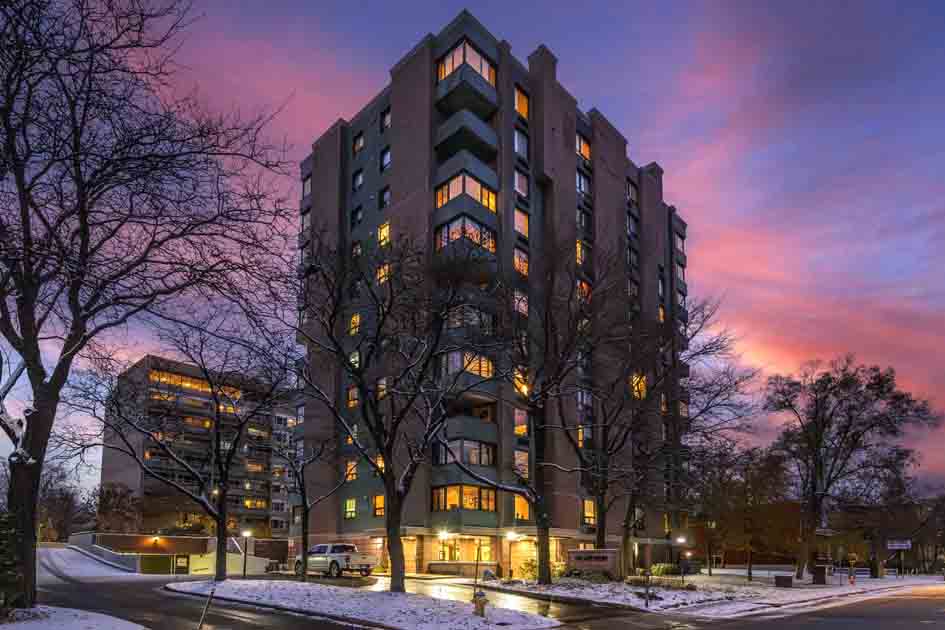
West Centre Town is one of Ottawa’s most vibrant and eclectic neighborhoods, offering a mix of historical charm and modern convenience. If you’re considering a condo in this area, you’ll find an array of options that cater to diverse lifestyles, whether you’re a young professional, a downsizer, or simply looking for a vibrant community to call home. Here’s a closer look at some of the standout condo buildings in West Centre Town.
40 Arthur Street
Nestled in the heart of the neighborhood, 40 Arthur Street offers residents a prime location with easy access to shops, cafes, and public transit. Known for its distinct architecture, the building features stylish units with closed and open layouts, large windows, and contemporary finishes. Perched at the top of Nanny Goat Hill the suites offer stunnings view of downtown Ottawa.95 Beech Street
This boutique condo building combines modern design with a cozy community feel. 95 Beech Street is ideal for those seeking a quieter setting while still being close to the action. Units often boast high ceilings, hardwood floors, and premium kitchens. Its location near vibrant Preston Street offers plenty of dining and entertainment options.805 Carling Avenue (The ICON)
As Ottawa’s tallest residential building, The ICON at 805 Carling Avenue is a true landmark. This luxury high-rise offers breathtaking views of the city, the Ottawa River, and beyond. Residents enjoy top-tier amenities, including a fitness center, a pool, and concierge services. Its location at the edge of Little Italy means you’re steps away from some of the city’s best dining and cultural experiences.105 & 111 Champagne Avenue
These two sister buildings on Champagne Avenue are part of an upscale condo development that offers a blend of luxury and convenience. Units here are known for their elegant designs, with high-end finishes, spacious balconies, and floor-to-ceiling windows. Located near Dows Lake, it’s a great spot for outdoor enthusiasts who love kayaking, cycling, or enjoying the tulips during the annual festival.200, 250, & 300 Lett Street
Situated in the LeBreton Flats area, these buildings are perfect for those who appreciate urban living with a touch of nature. Overlooking the Ottawa River and located near major attractions like the Canadian War Museum, these condos offer a balanced lifestyle. Features include modern open-concept layouts, ample natural light, and access to amenities like gyms and party rooms.330 Loretta Avenue
330 Loretta Avenue is a gem for those who value tranquility and style. Close to Little Italy and the Civic Hospital, this building offers a mix of one and two-bedroom units, many with stunning views of the Experimental Farm. Residents enjoy modern conveniences like underground parking and a well-equipped fitness center.320 Miwate Private (Zibi)
Part of the groundbreaking Zibi development, 320 Miwate Private offers a sustainable and forward-thinking lifestyle. This waterfront property is nestled between downtown Ottawa and Gatineau, providing unparalleled access to the Ottawa River and urban amenities. The building is a standout for its eco-friendly construction and modern, stylish units.201 Parkdale Avenue
Located near the Parkdale Market, this condo offers a mix of urban convenience and local charm. 201 Parkdale Avenue is ideal for professionals working in the area or anyone who loves easy access to fresh produce, cafes, and local events. Units are bright and spacious, with contemporary designs and excellent city views.130 Rochester Street
130 Rochester Street is a boutique condo that appeals to those looking for a quieter lifestyle in a central location. With a focus on quality and comfort, the building offers well-appointed units with thoughtful layouts. Its proximity to Chinatown and Little Italy ensures a rich array of cultural and dining experiences just a short walk away.290 Powell Avenue
This building combines heritage charm with modern living. Located on a tree-lined street, 290 Powell Avenue is perfect for those who appreciate character and history. The units feature unique layouts, large windows, and a warm, inviting atmosphere. Its location provides easy access to shops, restaurants, and public transit.Why West Centre Town?
West Centre Town is a dynamic and diverse neighborhood that offers something for everyone. From luxury high-rises to boutique developments, the condo options here are as varied as the residents themselves. Whether you’re drawn to the cultural vibrancy of Little Italy, the outdoor appeal of LeBreton Flats, or the convenience of being near downtown Ottawa, West Centre Town has a condo to fit your lifestyle.Thinking about making West Centre Town your home? Let us help you find the perfect condo that matches your needs and preferences. Reach out today for expert advice and personalized service.

